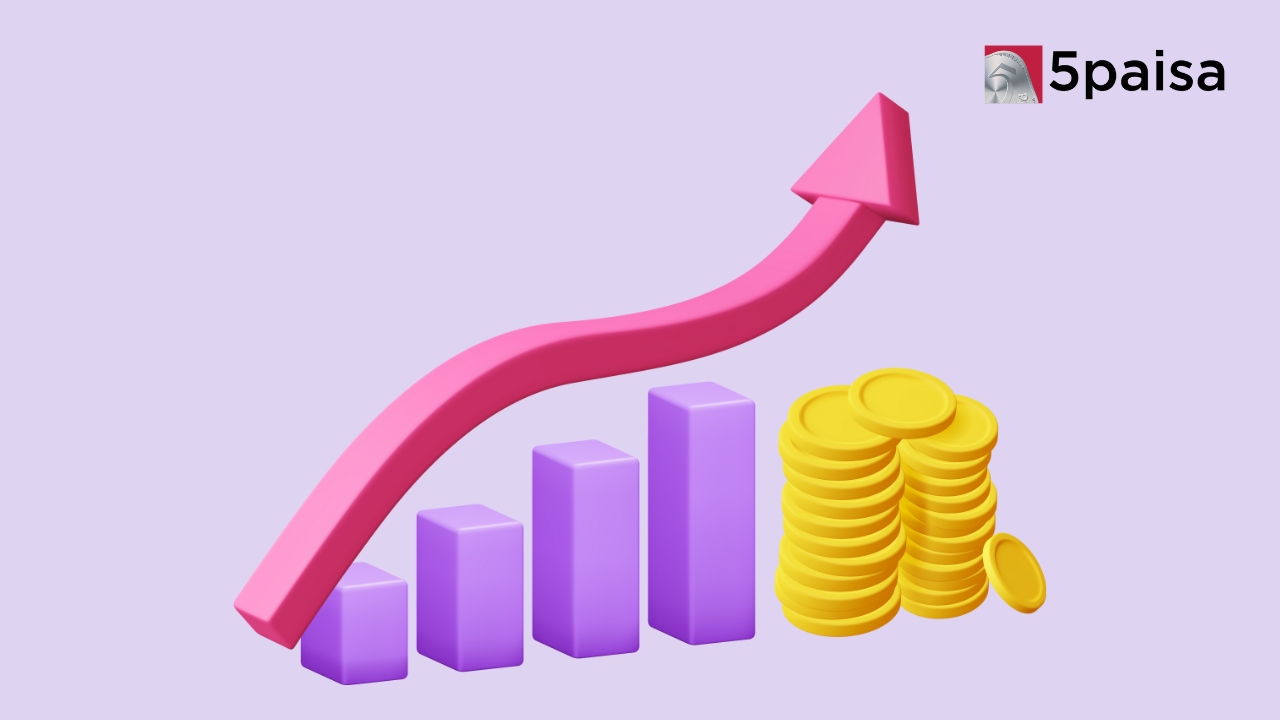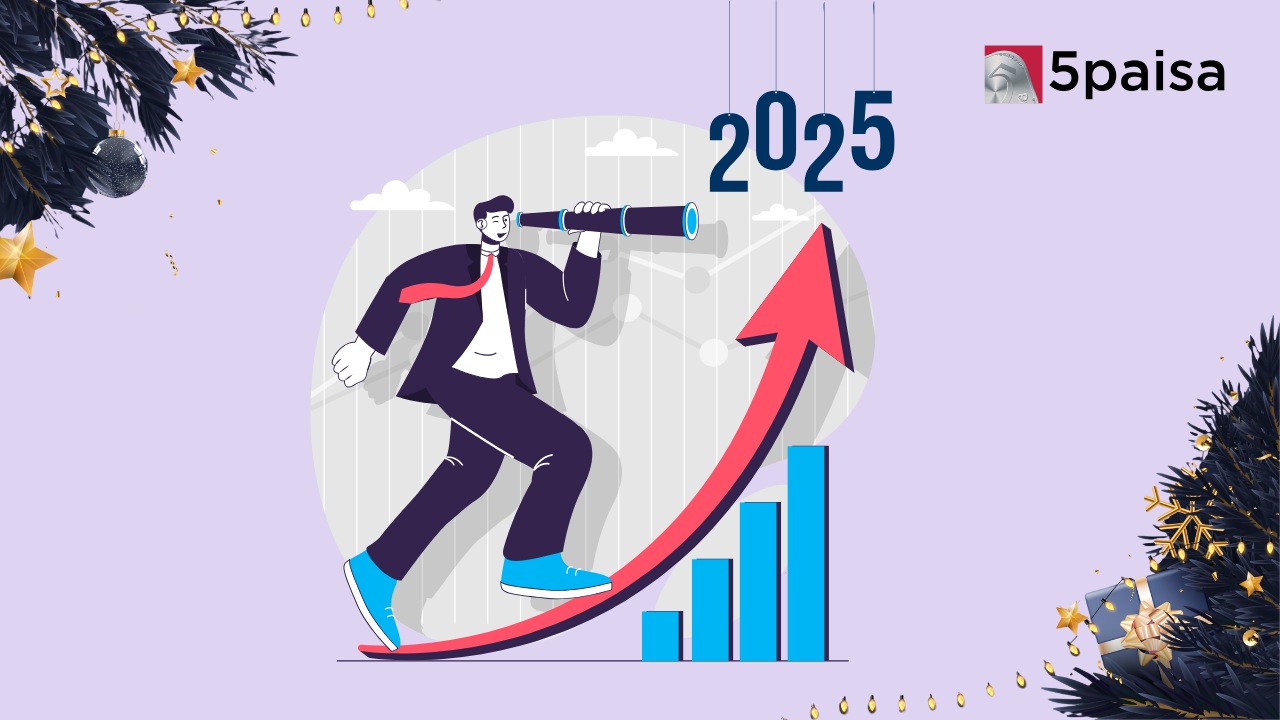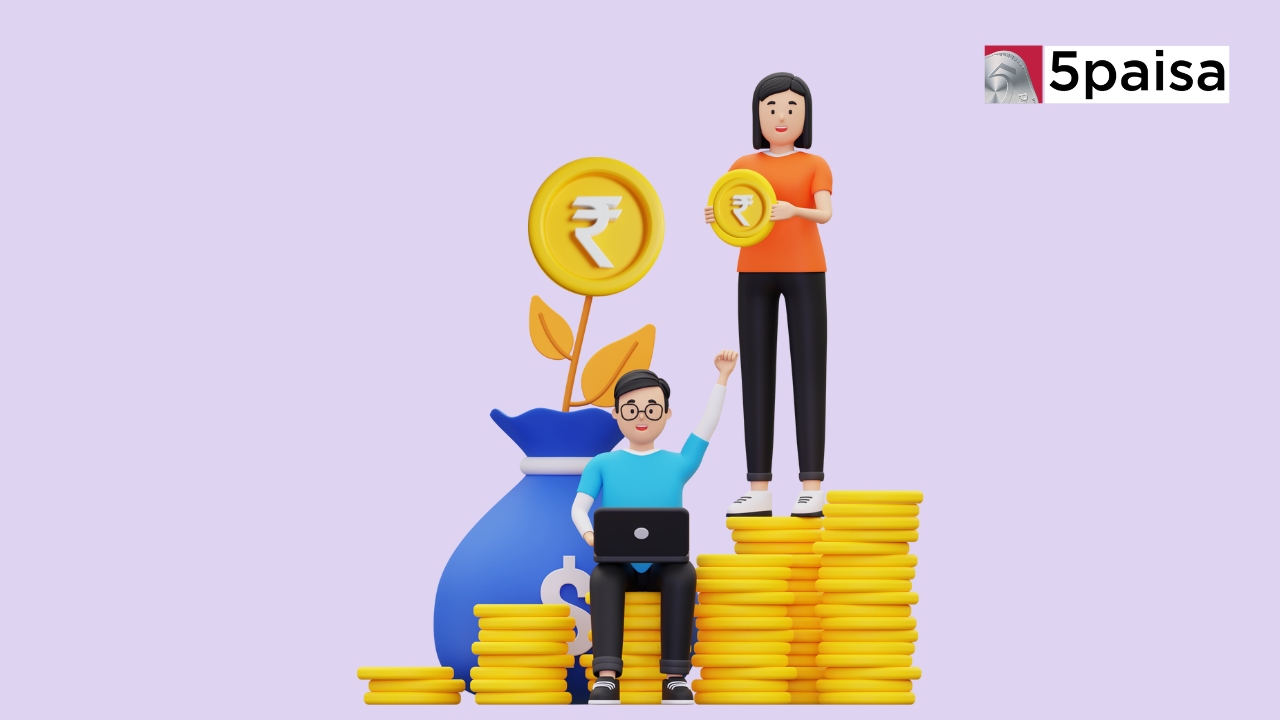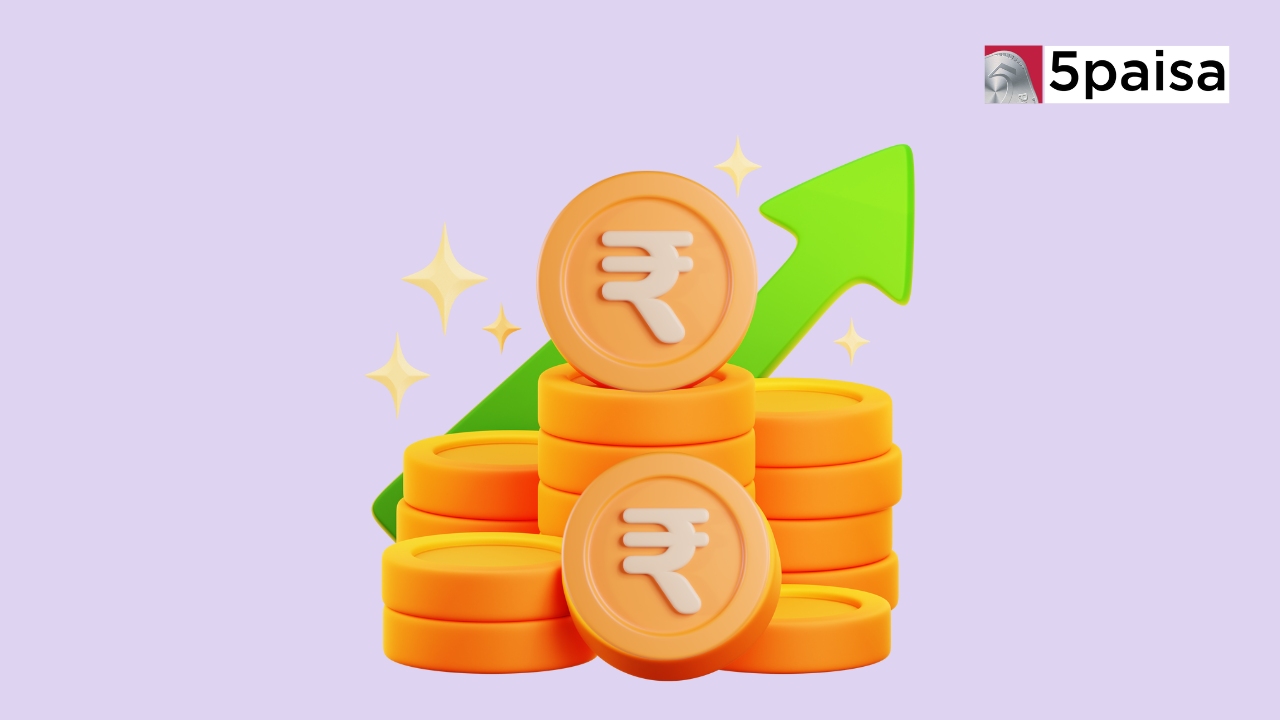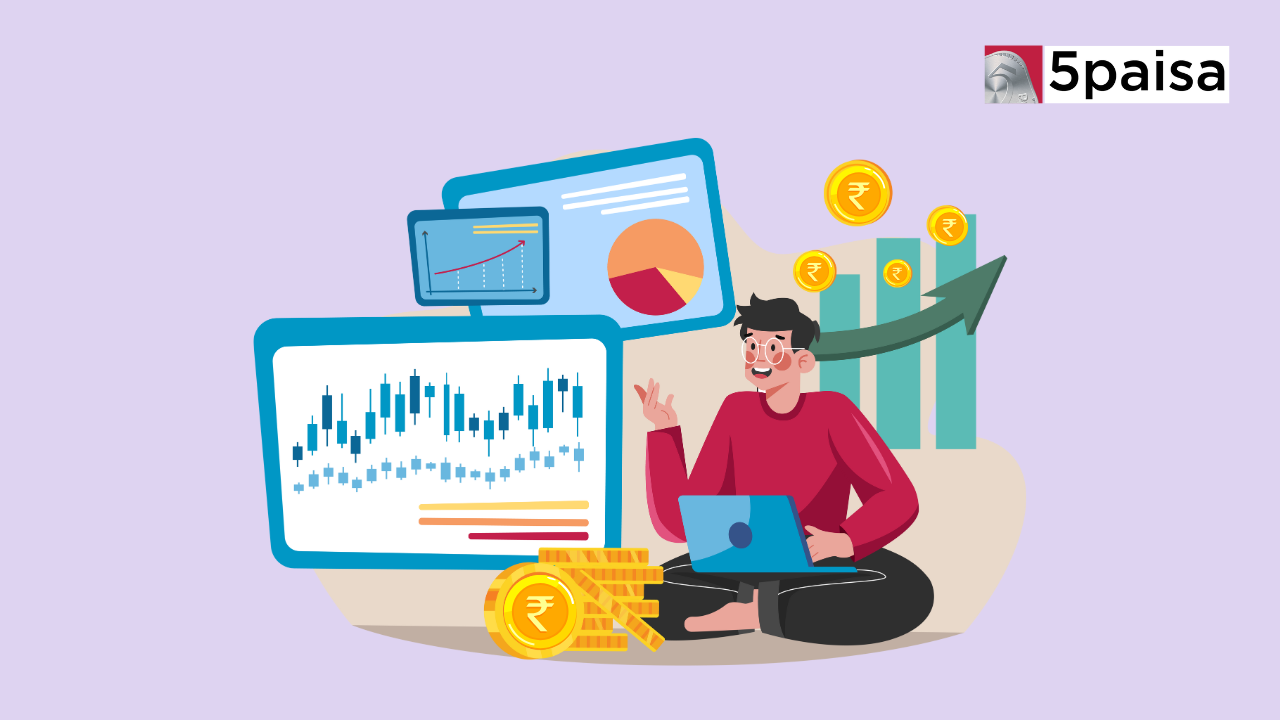Sri Lanka crisis explained! Is there a lesson for India?
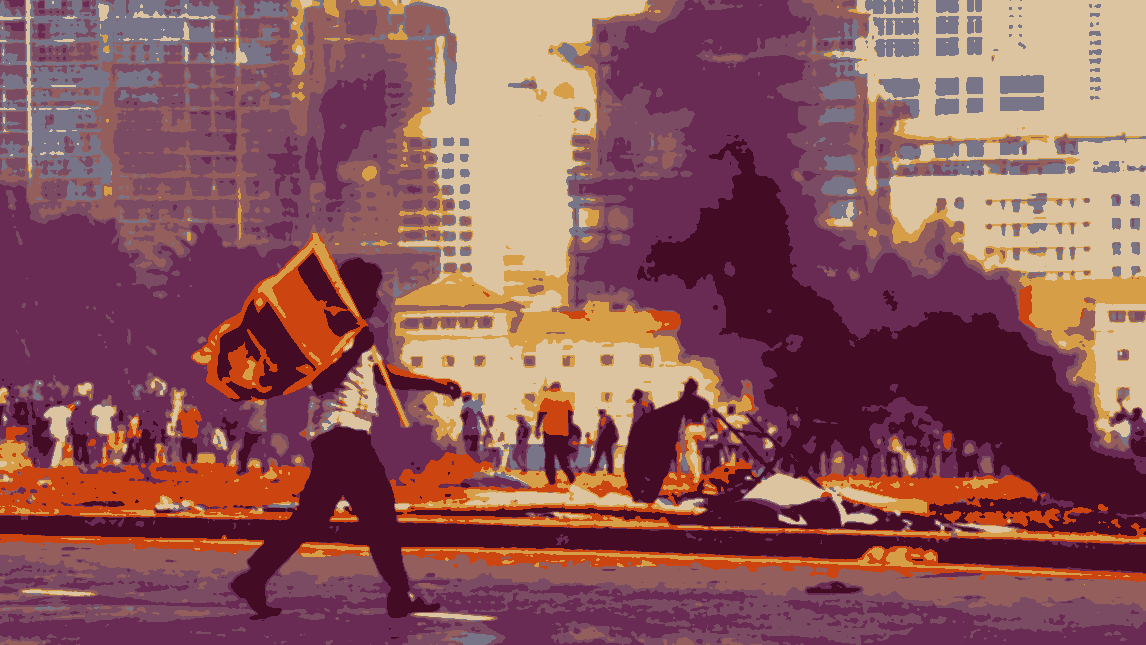
Last Updated: 9th December 2022 - 12:32 pm
People are surviving on just one meal a day, exams are being canceled because of paper shortage, people are asked to work from home because there is no fuel.
The island state of Sri Lanka is in tatters. The condition of people in the country is eye-watering. A country that once aspired to be the next Singapore is completely shattered, but
What led to this crisis?
Well, Srilanka’s problem is not just a result of the pandemic, but a series of wrong decisions by the government.
The ongoing problems in Sri Lanka have bubbled up after years of economic mismanagement. Here’s a brief timeline looking at just some of the events that resulted in the crisis.
2009
After the civil war, the Srilankan government focused more on domestic production and sales, due to which the imports started ballooning, while exports were negligible.
2019
In 2019, to woo the voters in the presidential elections Rajapaksa promised them tax cuts, and just months before the parliamentary ballot, which would have again tested his popularity he announced some major tax cuts. For instance, he slashed the VAT to 8% from 15% and abolished seven other taxes.
Due to these tax cuts, the country lost 10 lakh taxpayers and public revenue of around INR 800 billion.
Further, the drastic tax cuts resulted in a credit rating downgrade by credit rating agencies in 2020, due to which international organizations denied credit to the country.
Sri Lanka had to dig into its own reserves to repay its debt. As a result, At the end of 2019, Sri Lanka had $7.6bn (£5.8bn) in foreign currency reserves, which have dropped to around $250m (£210m).
2020
In 2020, when the country was reeling from tax revenue loss, the pandemic came. Srilankan economy was the worst hit by the pandemic because tourism contributed around 10% of its GDP. In 2020, tourism’s share of GDP had dropped to 0.8%, with over 40,000 jobs lost to that point.
2021
With the rising import bill and depleting foreign reserves, the government decided to cut down on the imports and announced a ban on foreign-made chemical fertilizers. The ban was meant to counter the depletion of the country’s foreign currency reserves.
With only local, organic fertilizers available to farmers, a massive crop failure occurred, which resulted in a food shortage in the country.
This step of the government backfired as the country did not have reserves to import food and crop failure caused a food shortage in the economy. All of this resulted in high food inflation in the island nation.
The country now has no money to buy fuel or food and the shortage of it has led to people protesting on the streets.
The nation has a debt of more than $50 bn, which obviously it cannot pay back.
So what now you ask? The island nation is of strategic importance to China and India, so they are trying to chip in and lend some money to the neighboring country. India has extended a credit line worth $ 1 billion.
But Srilanka is deep in debt, these loans are just drops in a bucket. The country would have to finally ask IMF to bail it out from the debt crisis.
It did ask IMF, but it seems the organization responsible for looking after the economic health of nations is just watching from a distance rather than acting on it.
IMF has a history of putting a list of dos and don’ts before lending to a nation. Like they will ask the country to increase taxes, reduce subsidies, and expenditure on public welfare.
The IMF Staff Report, which was made public in March 2022, outlines a number of recommendations likely to be there in the upcoming agreement: revenue-based fiscal consolidation through increasing tax rates and energy pricing reforms; restoring debt sustainability; near-term monetary policy tightening toward inflation targeting; a market-determined and flexible exchange rate; and targeted social safety nets.
And it is no shock that just a week before meeting the IMF team, the Srilankan government defaulted on the debt. Clearly, they were made to do so, so that the organization can dictate its loan terms.
The crisis in Srilanka may have been aggravated by the pandemic but it definitely started because of the incompetence government.
- Flat ₹20 Brokerage
- Next-gen Trading
- Advance Charting
- Actionable Ideas
Trending on 5paisa
Indian Stock Market Related Articles
Disclaimer: Investment in securities market are subject to market risks, read all the related documents carefully before investing. For detailed disclaimer please Click here.
 5paisa Research Team
5paisa Research Team
 Sachin Gupta
Sachin Gupta
